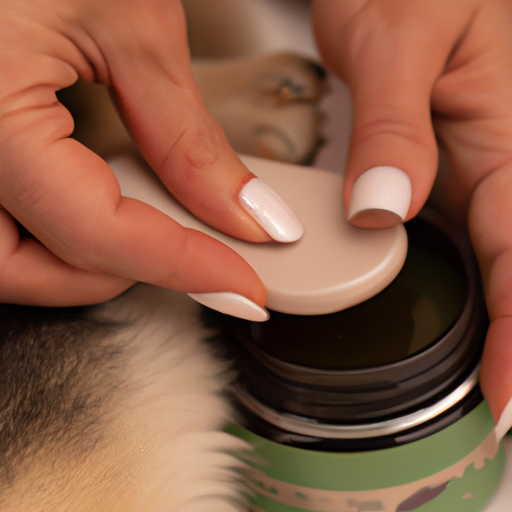Caring for your dog’s paws is an essential part of their overall health and well-being. In this comprehensive guide, we will explore various aspects of dog paw care including cleaning, grooming, protecting, and maintaining.
Understanding Your Dog’s Paws
Your dog’s paws are more than just cute. They are complex structures with layers of fat and connective tissue, designed to absorb shock and provide insulation against extreme temperatures.
- Pads: These are the thick, cushiony parts at the bottom of the paws. They provide traction and absorb shock.
- Claws: Dogs have four claws on each paw and sometimes a dewclaw on the inside of the paw.
- Digital and Metacarpal Pads: These are the smaller pads on each toe and the large pad in the center of the paw, respectively.
Importance of Regular Paw Checks
Regular paw checks can prevent minor issues from becoming serious problems.
- Check for cuts, abrasions, or foreign objects lodged in the paw.
- Look for dry, cracked, or swollen pads.
- Inspect the claws for chips, splits, or overgrowth.
Cleaning Your Dog’s Paws
Cleaning your dog’s paws should be a part of their regular grooming routine.
- After Walks: Clean your dog’s paws with a damp cloth to remove dirt, salt, and chemicals.
- Paw Soak: For a deeper clean, soak your dog’s paws in a solution of water and dog-safe shampoo.
- Between the Pads: Use a soft toothbrush to gently clean between the pads.
| Cleaning Material | Purpose |
|---|---|
| Damp Cloth | To wipe off dirt and grime |
| Paw Soak | For a thorough clean |
| Soft Toothbrush | To clean between pads |
Grooming Your Dog’s Paws
Proper grooming is vital for keeping your dog’s paws healthy.
- Trimming the Claws: Overgrown claws can cause discomfort and lead to an abnormal gait. Use a dog nail clipper or grinder for this task.
- Trimming the Fur: Hair growing between the pads can collect dirt and ice. Keep it trimmed short, but avoid cutting the skin.
Protecting Your Dog’s Paws
Protecting your dog’s paws from harsh elements is crucial.
- Paw Balm: Apply a dog-safe paw balm to moisturize the pads and protect against harsh surfaces.
- Dog Boots: These protect the paws from hot pavement, cold snow, and sharp objects.
- Avoid Hazards: Avoid walking your dog on hot pavement or chemically treated areas.
Spotting Paw Problems
Signs of paw problems can include limping, excessive licking or chewing, redness, swelling, and bad odor. Seek veterinary care if your dog is showing these signs.
Treating Paw Problems
Treatment will depend on the diagnosis. Common treatments include antibiotics for infections, soaking for inflammation, and bandaging for cuts and abrasions.
Frequently Asked Questions
Q: How often should I check my dog’s paws?
A: Check your dog’s paws daily, especially after walks or outdoor activities.
Q: My dog doesn’t like their paws touched. What can I do?
A: Use positive reinforcement training. Reward your dog for allowing their paws to be handled.
Q: Can I use human lotion on my dog’s paws?
A: No. Many human products contain ingredients that can be harmful to dogs. Use products designed for dogs.
Q: Should I use dog boots all the time?
A: It depends on the weather and walking conditions. Use boots to protect against extreme temperatures and rough surfaces.
Q: My dog has a cut paw. Should I bandage it?
A: For minor cuts, clean the wound, apply a dog-safe antiseptic, and bandage the paw. For deep cuts or if your dog is in pain, seek veterinary care.
Taking care of your dog’s paws is a critical part of their overall health. With regular checks, cleaning, grooming, and protection, you can ensure your furry friend’s paws stay in tip-top shape.



